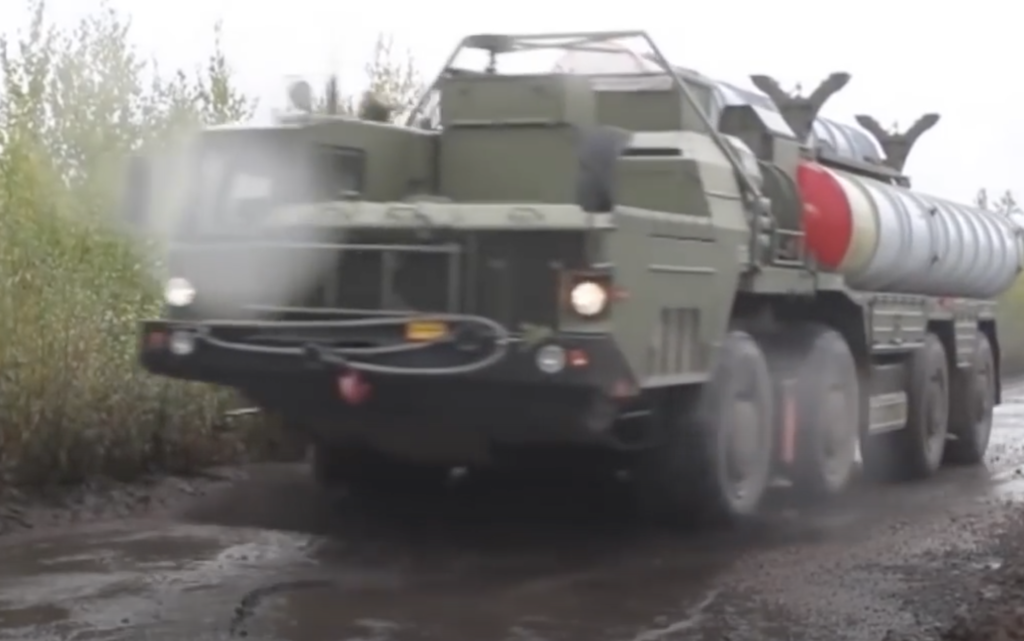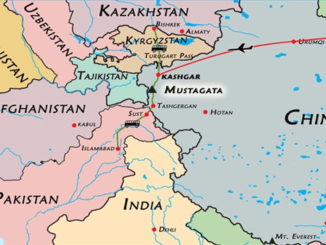
The Indian military is on a spree of sophisticated defence procurements from around the world. It has manifested active engagement in defence alliances to buttress its military force posture. Indian military modernization, however, suffers from a disconnect between strategic planning and the pursuit of new technology.
India’s newfound affluence and its access to military technology neither guarantee a dramatic positive change in its strategic planning nor effectiveness of its military. There remain obvious weaknesses in its institutional structures, which lead to deficient planning and coordination. Moreover, lack of political direction, strong criticism from the opposition, and dysfunctional civil‑military relations not only lead to confused military doctrines in India but also pose detrimental challenges for its military. For instance, the procurement of Russian made S‑400 interceptor‑based air defence system is an example of India’s panic buying under perceived crisis and threats to counterbalance China. This acquisition will certainly induce further instability and trigger an arms race in a highly volatile region of the world ‑ however, this article solely focuses on the India‑China paradox. Nonetheless, it is definite that procurement of S‑400, to contest China will cost the Indian government a large sum of money. S‑400 would be drawing India into a vicious cycle of geostrategic instability, suggesting irrationality on its part, as is elaborated below.
India’s perceived strategic competitor is China, yet there is no comparison of Indian military capabilities with that of China’s. Chinese People’s Liberation Army (PLA) has an obvious edge over the Indian Army in terms of its budget, nuclear capability, as well as stealth technology to evade the S‑400 system. According to Stockholm International Peace Research Institute (SIPRI), an annual budget of $71.1 billion is allocated for the Indian army while the PLA’s defence budget stands at $261 billion, more than three times higher than that of India. Even though China’s defence spending is 1.6% of its GDP; economically strained India exhausts 2.4% of its GDP on its defence.
In terms of nuclear capability, India has a stockpile of 150 nuclear warheads while China’s stockpile ranges up to 320 nuclear warheads, which is double that of India’s. Both the states also possess a wide variety of nuclear‑capable ballistic missiles such as cruise missiles, land‑based ballistic missiles, and submarine‑launched ballistic missiles (SLBMs); but drawing a comparison exposes the stark gap in their nuclear capabilities. India is still in the phase of developing and testing an intercontinental ballistic missile (ICBM), while China’s ICBM Dongfeng‑41(DF‑41) is in service and is also capable of being equipped with multiple independently targetable re-entry vehicles (MIRV) warheads. Moreover, China’s nuclear modernization is gaining momentum with rapid advancements in next‑generation missile weaponry such as boost‑glide systems, hypersonic strike vehicle and electromagnetic missile launching technology. Although China has a greater number of nuclear warheads, it is still inclined towards quality over quantity. China also has a true and reliable second‑strike capability since the 1990s, while India’s second‑strike capability lacks credibility. Analysts believe that until India can acquire and deploy ICBMs, its submarine-based second‑strike capability cannot guarantee deterrence against China. Others believe that India might need six or more nuclear‑powered submarines and SLBMs at its disposal to satisfy the second‑strike parameters. All of this yet seems at least a decade away for India. Therefore, with its present defence capabilities, India is far from counter‑balancing China.
Indian Air Force has referred to the procurement of Russian S‑400 as a game‑changer, however, what India is missing out on in this bargain is that both China and India are Russia’s clients. Although Russia has opted to stay out of the India‑China collision, in the past, it has sold a downgraded version of S‑400, which is S‑300, to both the states. Whilst India has recently accelerated the acquisition of S‑400, China became the first owner of Russian made S‑400 in May 2018. India’s purchase of S‑400 is targeted against China, however, one weakness of S‑400 is that it might not be able to detect, track, and shoot down the Chinese 5th generation stealth fighter J‑20 and the hypersonic weapons. Even if India detects J‑20 using a combination of radar systems, there are chances that India would have less reaction time due to stealth characteristics of the aircraft. India plans to purchase five S‑400 and the first shipment is expected by the end of 2020, while the remaining would be delivered one battery per year until 2024. Among these five S‑400s, two would be installed on border with Pakistan whereas three would be fixed for India’s border with China, which would be installed on the Tibetan plateau that is 4.5 thousand meters above the sea‑level. The S400 can detect aircraft and unmanned aerial vehicles (UAVs) even before they enter its radar range, however, it would not be able to detect an aircraft flying through the valleys in a mountainous terrain, which is what the Chinese 5th generation aircraft are capable of; hence, the Chinese 5th generation aircraft have the potential to evade the S‑400.
Moreover, India is heavily dependent on defence imports from foreign countries which makes its logistical and maintenance support challenging, whereas the Chinese defence equipment is indigenous and can be upgraded as per its security requirements. It is even believed by analysts that components of S‑400 are made by some Chinese aerospace companies. This gives China an edge to temper with the Indian deployed S‑400 or dodge the system altogether. In a multi‑polar world, where India is influenced by China, China is attempting to deter its competitor the US, and in many aspects, Chinese defence capabilities have an advantage even over the US. Consequently, even if India continues its military modernization and acquires S‑400 air defence systems, it would not even‑off the Chinese military might as India’s military modernization would still lack in the domain of militarized AI that China possesses and is competing with the Silicon Valley. Therefore, India’s military modernization would not be a short cut to gain a quick edge over its adversaries; it rather requires a better strategic approach and effective use of resources to respond to the changing geostrategic environment.
![]()




Be the first to comment